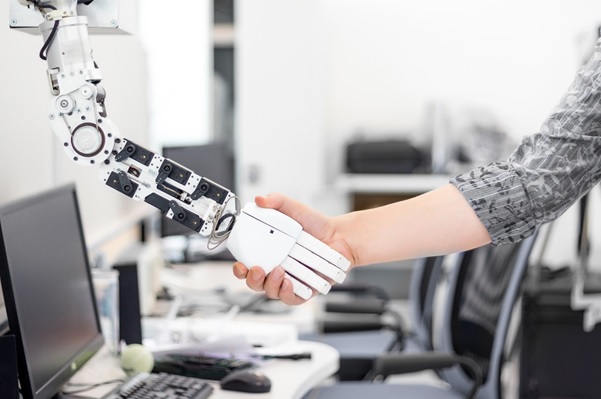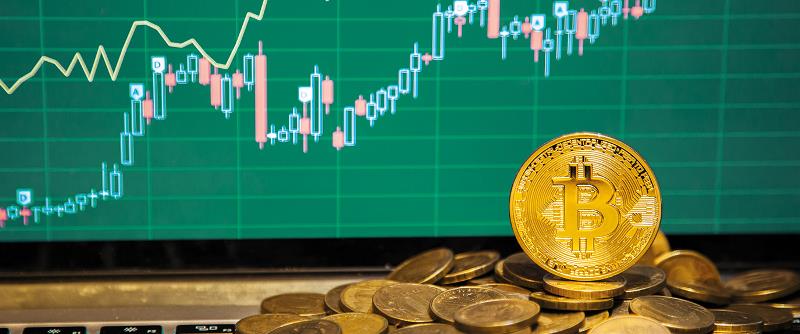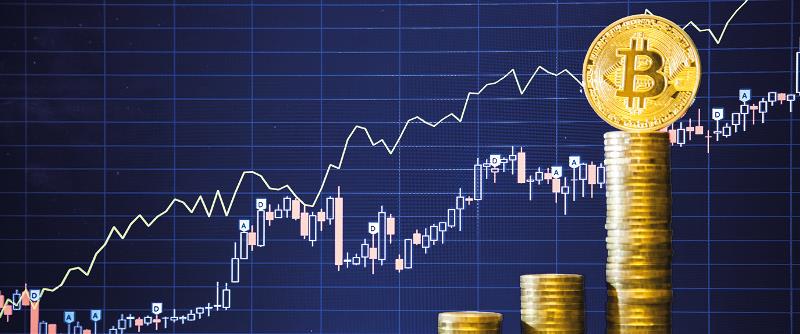This is why ash could be critical to securing your next phone upgrade
When the last mine in the small town of Cinovic in the Czech Republic closed in 1993, not only did the workers lose their jobs, the region lost an major economic lifeline.
Now, almost a quarter of a century later and to the surprise of almost everyone, it looks like that lifeline may be returning as a result of the world’s hunger for mobile technology.
In October the Financial Times reported that the Czech government had signed a memorandum of understanding with an Australian mining company to exploit the large amounts of lithium in the area.
Power reserves
As we grow to rely on technologies - including mobile devices and electric cars - that depend on lithium-ion batteries, global demand for a whole host of elements is increasing sharply.
Other elements commonly found in modern devices include, gold, copper, palladium and platinum. Such minerals require heavy industrial processing - mining, grinding and the use of chemicals - that are damaging to the environment.
There are also fears they may be in short supply.
Some experts say lithium production alone will have to rise from the thousands of tonnes a year to 3m tonnes an annum over the next 20 years to just keep pace as transport moves from fossil fuels to fleets of battery-driven autonomous vehicles.
Other minerals in lithium-ion batteries, including a group of elements known as lanthanides, also demand similarly heavy industrial mining treatment before they can be used.
Here though, the answer doesn’t have to be more new mining. In fact old coal ash may be the solution.
Rare earths uncovered
Technologies being developed at Purdue University could mean that rare earth lanthanides elements could be extracted from previously unwanted mountains of ash.
Lanthanides are found in magnets used for power generation and electric cars, batteries, petroleum refining catalysts, phosphors in televisions and phones.
Professor Linda Wang, who’s behind the innovations at Perdue, says: "Rare earth elements occur in ores in very small concentrations, a few thousand parts per million.
"Typically, old technologies from the 1950s are used for separation and purification. They usually require 1,800 different extraction stages in series and in parallel for purification. Such processes can be hazardous, costly and inefficient."
She says current separation technologies produce large amounts of chemical waste that are difficult to recycle: “One of the 10 most polluted sites in the world is a manmade lake in China, where the waste effluents from rare earth element extractions are stored."
Degrees of separation
Wang’s invention uses refined chromatography techniques that separate elements in a liquid mixture via filtration.
"These new processes can effectively separate [rare earths] with purities and yields greater than 95 percent," Wang says.
"Using titania sorbents [which collect molecules] is what makes this innovation unique. They are robust and inexpensive, making the processes efficient and affordable. We are the first group in the world who developed this technology.”
She adds that by-products of the process include silica gel, aluminium oxide and other metal oxides of commercial value, making the overall process profitable and economical.
Get rid of killer ash heaps
As well as potentially creating a new industry, Perdue reckons the technology may enable the US to enter into the $4 billion rare earth element production market.
Another side-effect could be getting rid of polluting heaps of waste which have been known to cause billions of dollars’ worth of environmental damage if they enter waterways.
There are about 1.5 billion tons of coal ash in the US, which could be used to produce rare earth elements for decades.
Wang adds that the elements in some coal ash make them “as rich as some of the ore deposits” and the US produces about 129 million tons of the stuff every year. “Less than half of it is recycled into low-value products."
Some way to go
Wang admits there is some way to go before the process is perfected, but says it has been successfully used in many challenging chromatographic separations, including the purification of medical isotopes, sugars, amino acids, insulin, polymers and many others.
“We are confident that we can produce high purity rare earth elements from coal ash."
The world, meanwhile, also still has to find a way to harvest minerals from other forms of recycling that are less polluting than mining.
A 2016 study found that less than 1% of lithium is from recycling, while a 2012 report found only 5% of lithium-ion batteries were recycled in the EU.
Although a lithium-ion world may be greener in many respects than a fossil fuel one, we need to work hard to minimise the harm the newer technology could potentially cause.


